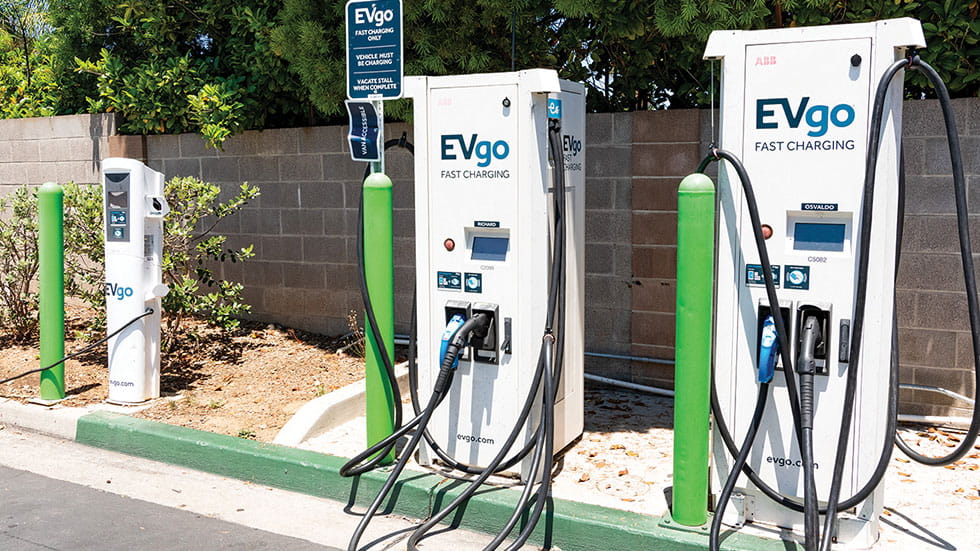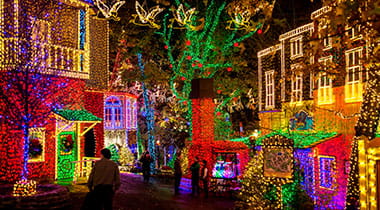Every so often, you will find a gasoline station with bags over the pump nozzles. Has the pump failed? Is the station out of gas? The answer is probably immaterial to the customer since another gas station is usually nearby.
For electric vehicle (EV) owners, however, a broken or out-of-commission charging unit can be a major problem given that charging stations are less common than gas stations. And, unfortunately, one recent survey by researchers at the University of California at Berkeley of 657 EV charging stations in San Francisco found that nearly one in four of them—23 percent—were not in proper working order. While no definitive national study of this problem has been completed, these findings are not out of line with the experiences of EV drivers in other parts of the country.
Some of the malfunctions are merely irritating. For example, a charger might require multiple sweeps of a credit or system ID card before the unit charges. But other units were completely disabled. EV drivers also encountered broken plugs, often the result of negligence or errors by a previous customer. Vandals also take a toll on charger reliability.
Other failures result from connectivity issues. To work, most chargers must maintain contact with the data processing centers of the companies that installed the unit. The connection is also needed for billing to process. When this connection is lost, charging—in all senses of the word—stops.
One problem with public chargers is that, unlike gas stations with attendants on duty, many are in locations with no oversight. A distraught or frustrated user can call the service center, of course, and often things can be resolved with a simple reboot. But when service needs to be conducted at the charger site, repairs may take weeks or even months. Much of this problem can probably be traced to the relative youth of the EV charging industry.
The good news is that industry and government entities are working to improve the situation. Recent infrastructure legislation calls for a federal investment of nearly $5 billion over the next five years to strengthen the EV charging network, and as EVs become more popular, more businesses are installing chargers. For now, though, many of the apps that guide EV drivers to chargers don’t disclose that a charger is not working.
The EV industry is relatively new, and without a doubt, charging reliability will improve. Until that happens, it makes sense to do most of your charging at home.
















